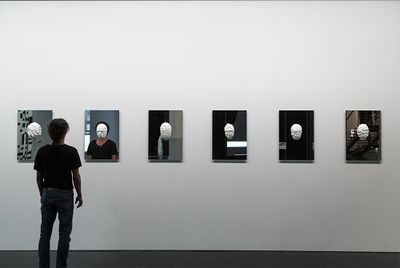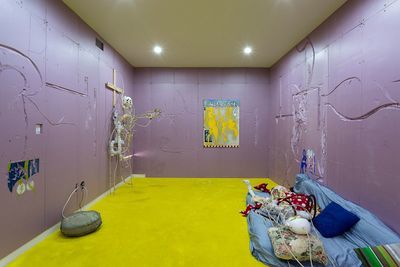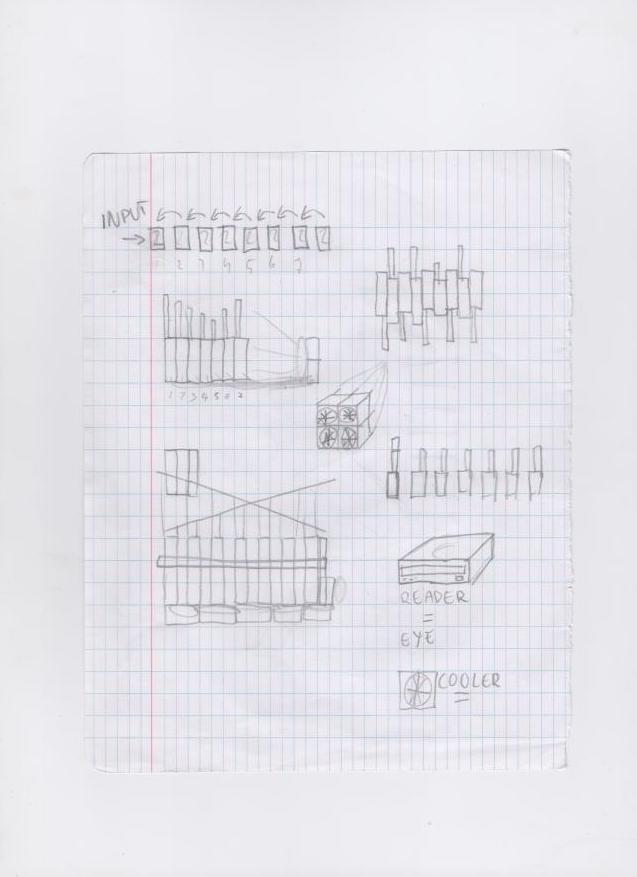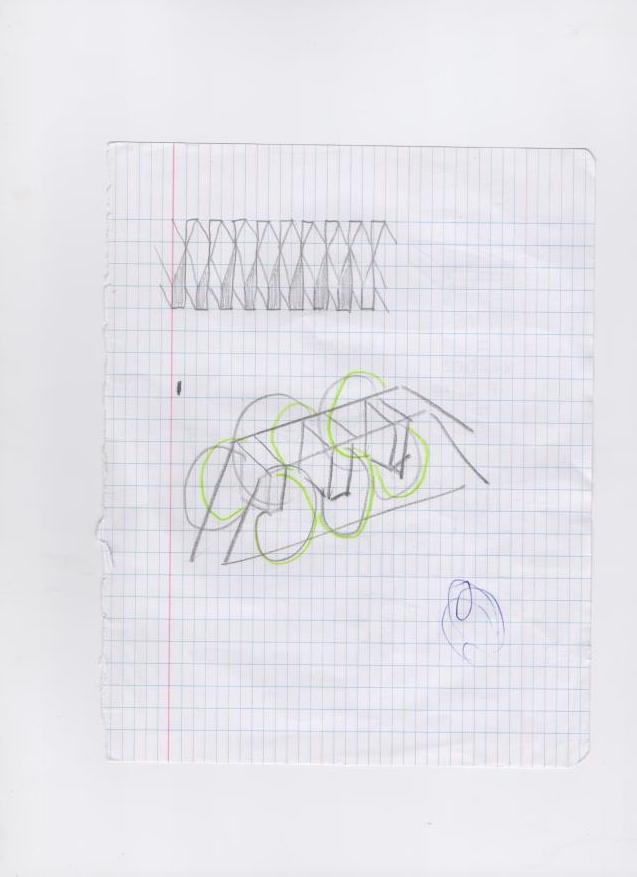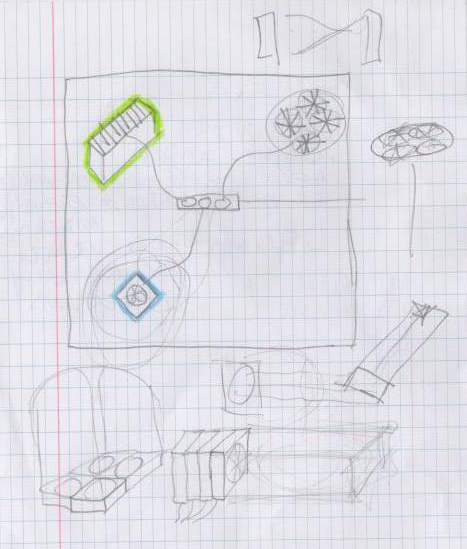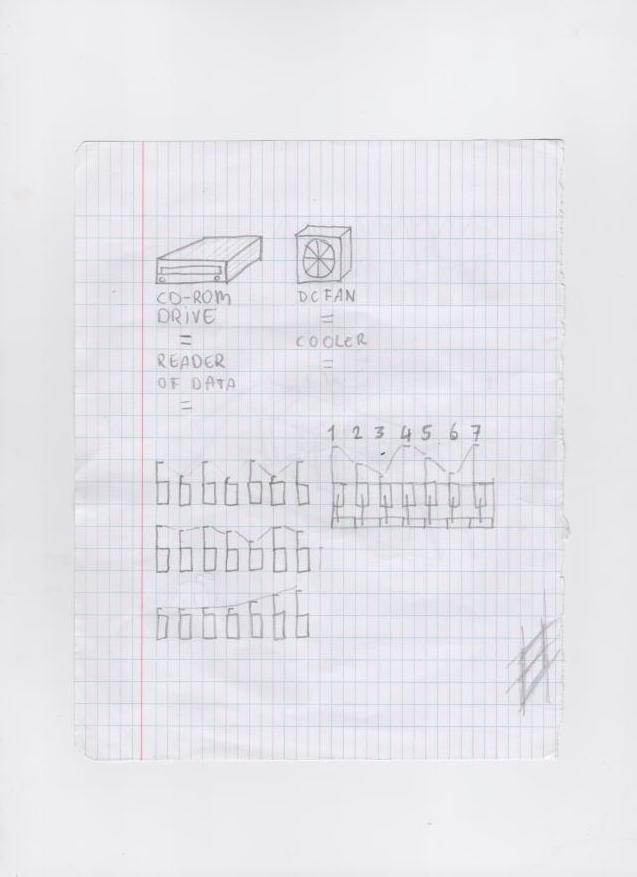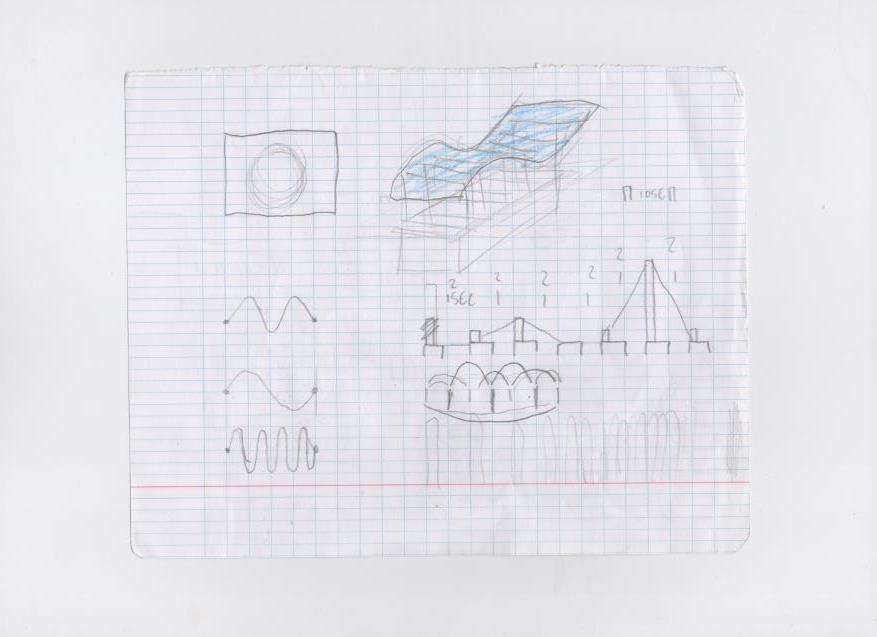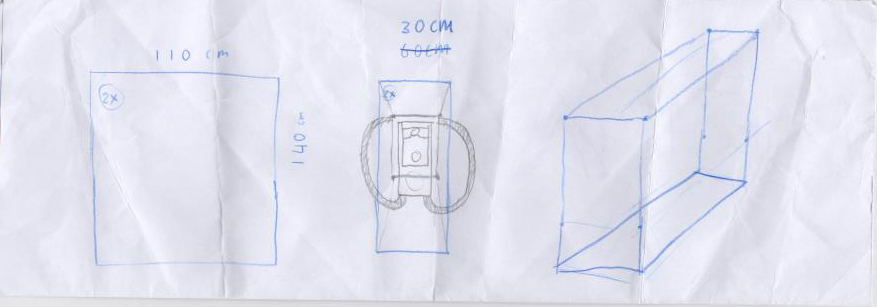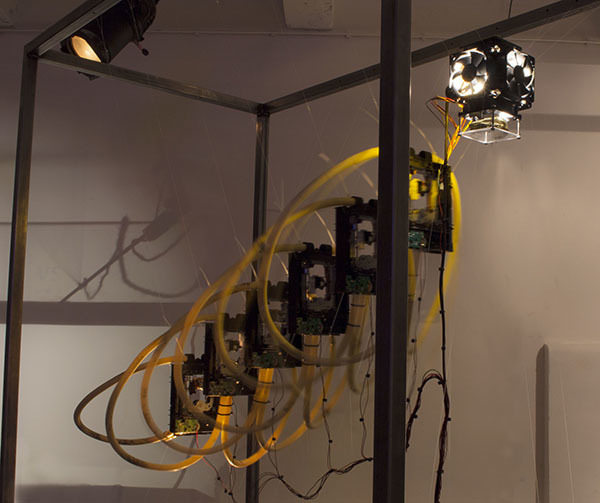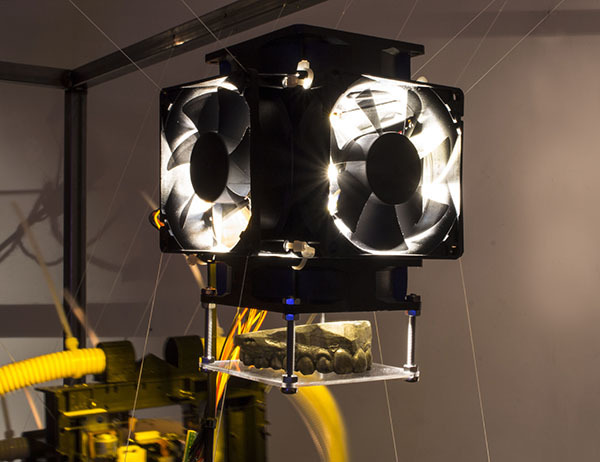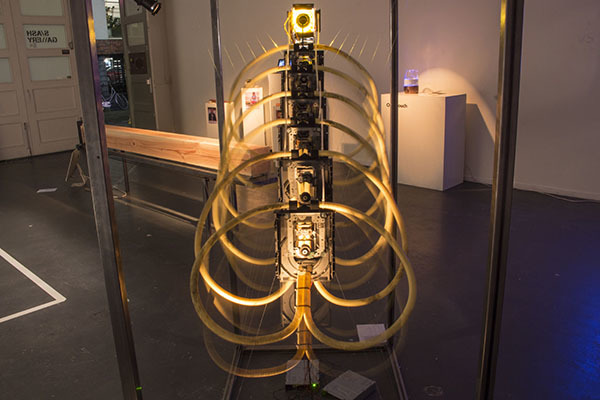Difference between revisions of "Research document"
| Line 116: | Line 116: | ||
(what was the point? what do you take away?) | (what was the point? what do you take away?) | ||
| − | During this quarter I developed a lot of new building skills and learned about artificial intelligence, neural networks, embodied cognition and singularity. This whole new technological world what is growing and developing so fast is for me a world with endless opportunities. But it is also a world where it's necessary to be critical about it. Especially when robots can think for themselves. For me, this project is a reflection of how I look at machines, computers and robots. When those possibilities are endless, there are people who have unethical intentions with this technology. I see this technological future as a sad future where this technic is out of control and adjustable. These machines will think for themselves and do what they think is ethical. When machines think like this it becomes dangerous. A lot of people will think that it is mysterious because the technics are so | + | During this quarter I developed a lot of new building skills and learned about artificial intelligence, neural networks, embodied cognition and singularity. This whole new technological world what is growing and developing so fast is for me a world with endless opportunities. But it is also a world where it's necessary to be critical about it. Especially when robots can think for themselves. For me, this project is a reflection of how I look at machines, computers and robots. When those possibilities are endless, there are people who have unethical intentions with this technology. I see this technological future as a sad future where this technic is out of control and adjustable. These machines will think for themselves and do what they think is ethical. When machines think like this it becomes dangerous. A lot of people will think that it is mysterious because the technics are so complex and incomprehensible. |
=Bibliography= | =Bibliography= | ||
(what did you reference in this text (other texts, images, films, exhibitions)? Remember to use proper in-text citing!!!!!!!!!! | (what did you reference in this text (other texts, images, films, exhibitions)? Remember to use proper in-text citing!!!!!!!!!! | ||
Revision as of 15:58, 14 January 2018
Contents
Forward/Introduction
(tell us about yourself and your practice)
Abstract
(in 250 words or less, explain the essence of your research project)
We started our project/research with the core question; What is the influence of the embodiment for artificial intelligence? To answer this question we should ask ourselves, what should this AI do? Our interest came down to the idea that AI should feel emotion and exactly understands what he is doing. From our material research and archive we got a little bit obsessed with dvd drives. They generate a perfect movement that we can use and develop in another form. At that point we didn’t know what this movement should mean or trigger. At that point we started to look at a lot of different organisms like caterpillars, worms, snakes, plankton and also an unknown creature Hallucigenia Sparsa. We decided that we should create a kind of living robotic entity that is discovering his own embodiment. This also could be a future vision that is abject and obscure. Also this entity should feel like it’s alive and exhausted of being alive. This will come up to the questions; why is it here? what is his history? All these questions will be solved in a specific scenario that’s near this entity.
Central Question
If we present a computer intelligence as having an explicit physical reality, then how will its corporeal form affect our perception of it as an entity and vise versa?
Relevance of the Topic
The digital revolution is still in full swing and computer technology is evolving at an exponential rate. As computer intelligence is developing and we're nearing true artificial lifeforms, the urgency rises to pose questions about their perception of us, as it becomes just as relevant as our perception of them. And as we ourselves delve deeper into the digital realm, it is important to understand what we leave behind.
Hypothesis
(what do you think will happen or what will the effect be of your work?)
Our aim is to create/sculpt an entity that is a resident from an apocalyptic future. It is a post-humanistic lifeforms that we, as humans can’t understand. Only our current knowledge can make a guess what this entity is and does. This creature is locked up in its framework and kept alive by electricity. This sculpture should raise questions like; what if robots or machines can create their own consciousness? Is it aware of its own embodiment? This sculpture should in the first place draw attention and look very mysterious. It should be very intriguing to look at and makes you question it a lot.
Research Approach
(how do you define and design your research? what activities/approaches/methods will you pursue while conducting your research?)
We started our research by experimenting with different materials that generate movement. We started from our own material archive and we found out that dvd drives had a perfect movement to do something with it. We saw a lot of potentials in this material. It is an old technology that’s almost extinct. This in mind we decided to create a lot of compositions and started to think what it should do, what it can be. We used our imagination to think further and started to draw a lot of possibilities what it could be. Beside that, we also started researching on internet and looking for artists, makers, and scientists who are working with kinetic sculptures, artificial intelligence and robotics. You can see our research results by Key References. We also read a lot of articles about AI, neural networks and how to implement in certain projects.
Key References
(how does your work relate to contemporary makers? what a key analogues/works of inspiration?)
Sterlin Crispin - Data Masks (2013 - 2015) This technological approach to show how computers sees us is a very smart and interesting way to show how much distance there is between human and machine. These masks looks alienating to us. For a computer is this reality, so in this stage, a computer would never get on a human level.
Mark Leckey - GreenScreenRefrigeratorAction (2010)
In this piece of art he used a samsung smart fridge and made a green screen set up. This video of the installation inspired me and made me thing about objects that become a living thing. As if this fridge is alive and has a consciousness. Also to use an ordinary object as a fridge, but then a ‘smart’ fridge made me think. If this fridge is so smart, why doesn’t it think for itself?
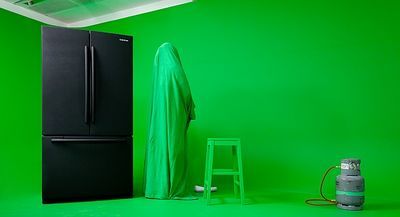
Wonbin Yang - Umbra Infractus (2012) This piece of art was very funny because I used to take pictures of broken umbrella’s on the street all the time. Wonbin Yang makes a lot of this discarded creatures that are living on the streets. I mailed him if he used any electronics because I didn’t know for sure if it was the wind or a mechanism that makes it move. Here’s our mail conversation.
Renaud Jerez - Home (2015) The sculptures by Renaud Jerez has a lot to do with existence of robotics nowadays. He shows an abject, sad and violent side of this kind of entities. Some of them have broken legs and a lot of them are just decrepit. This dramatic and apocalyptic view reflects to a future where these kind of entities rule. This translation into a sculpture intrigued me because you can feel and see that they take domicile in a gallery space. As if you step in their world, that kind of feeling is what we could achieve with our sculpture if we got more time. But then we should also create the surrounding and the ambience.
Literature
(what texts will/can support this investigation?)
This article gave me a lot of insights about artificial intelligence (AI) and its embodiment. A new research field embodied cognition says that you need a body to think, otherwise there is no way to understand the world. There’s also a term called proprioperception. That is the ability that when you for instance just woke up, you perfectly know without moving where you arms and legs are situated. You can call that a sixth sense. A perfect example of how to communicate with your body is how deaf and blind people communicate. They take each other hands and through touching and movement with the fingers and hand they can understand each other. So in this language you don’t need sound or sight.
Brain in a vat is a thought-experiment/scenario by Gilbert Harman and also an updated version of René Descartes’ Evil Demon. It is about what if your brain is out of your body and its neural network is attached to a super computer that can make you think and sense everything the computer wants. This idea is an opposite of embodied cognition. We are not just the soul as software and the brain as hardware. The whole body is included as hardware. The first artificial intelligence were just big boxes that can calculate solutions, so its embodiment is not designed during the development of this robot and is not able to act and solve any problems physically.
In a podcast from BNR, a dutch newsradio they talked about robotics and its possibilities. The title was, 'Scan a human and print him out'. The main question was, how far are we removed from this possibility? Pieter Jonker, a robot professor from the TU Delft was invited to tell about his career and his findings during his time there. The most important thing he told in my opinion was when building robotics, that reinforcement learning needs more attention. That's a way of machine learning from a behaviourist psychologic perspective. So that a robot works with a reward system. So if he's almost near the answer, he get a reward. So then he knows that he's doing something good. This reward system is very important when it comes to learning systems, because it also works very good with humans. What this professor also mentioned is that when you learn a robot a lot, he grows. He grows in knowledge and skills. In a while he has learned so much that you can't track down what he learned. That's the moment where it becomes interesting because the robot becomes independent and unexpectedly.
Experiments
(what are you going to test out and why)
Insights from Experimentation
(what have you pulled from your hands on practice based research?)
Artistic/Design Principles
(what is your own criteria for designing?)
The whole design proces was a mixture of sculpting, claying and building. Constantly reflecting on the form in detail. We made all the descisions together, Jeroen was more into the details, and I was more into the rough, greater composition. The collaboration causes sometimes friction, but in this case it opened discussions. In our case that was very valuable, because we were thinking about every design step and decision. During sculpting, we first made prototypes, on a smaller scale, and looked at form every angle. Constantly reflecting on what we saw was our way to settle criteria. The basic statements were we hold upon is that it should look:
- post-apocalyptic, decrepit
- mysterious
- abject, vanitas
These design statements came from how we looked at this theme, the future view of artificial intelligence and its possibilities.
Artistic/Design Proposal
(what do you propose to make)
As I mentioned before, is that our proposal in the first place was unknown, but during sculpting and making we came down to the conclusion that it should be a kinetic sculpture. After this decision we sketched a lot of possibilities how it should look. It should look like a caterpillar or worm, with a spine. But how to attach it? How can we make it look big and mysterious? In these sketches you see possibilities of composition and framework.
Realised work
Final Conclusions
(what was the point? what do you take away?)
During this quarter I developed a lot of new building skills and learned about artificial intelligence, neural networks, embodied cognition and singularity. This whole new technological world what is growing and developing so fast is for me a world with endless opportunities. But it is also a world where it's necessary to be critical about it. Especially when robots can think for themselves. For me, this project is a reflection of how I look at machines, computers and robots. When those possibilities are endless, there are people who have unethical intentions with this technology. I see this technological future as a sad future where this technic is out of control and adjustable. These machines will think for themselves and do what they think is ethical. When machines think like this it becomes dangerous. A lot of people will think that it is mysterious because the technics are so complex and incomprehensible.
Bibliography
(what did you reference in this text (other texts, images, films, exhibitions)? Remember to use proper in-text citing!!!!!!!!!!
